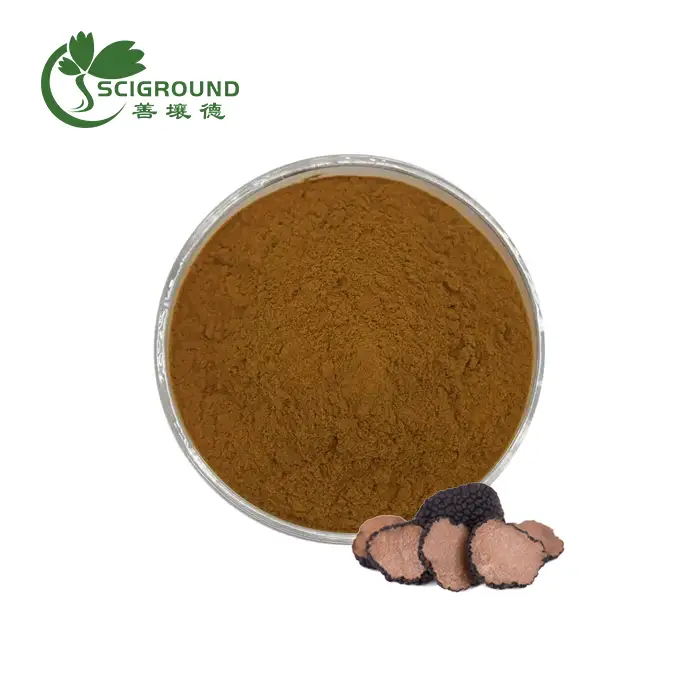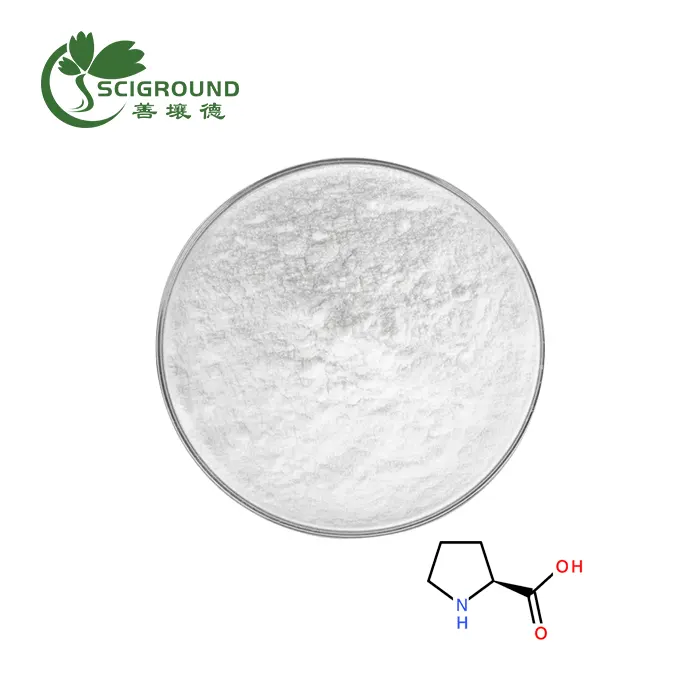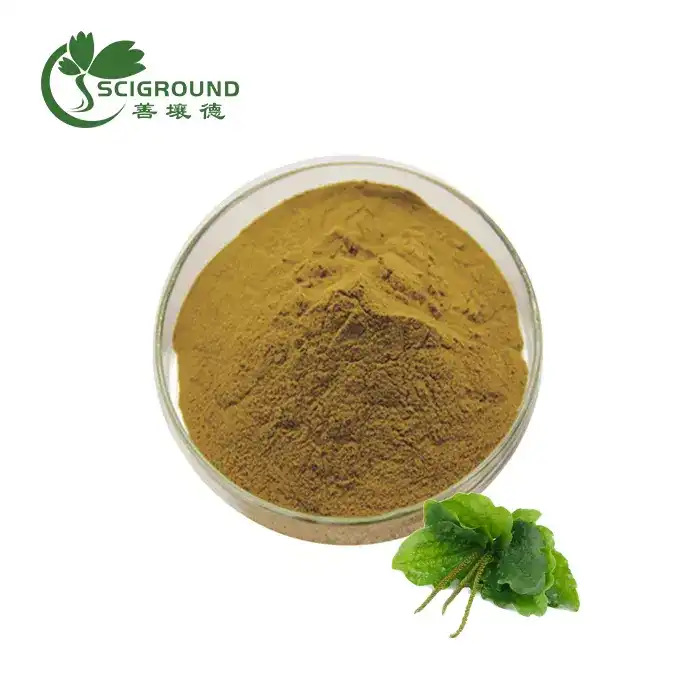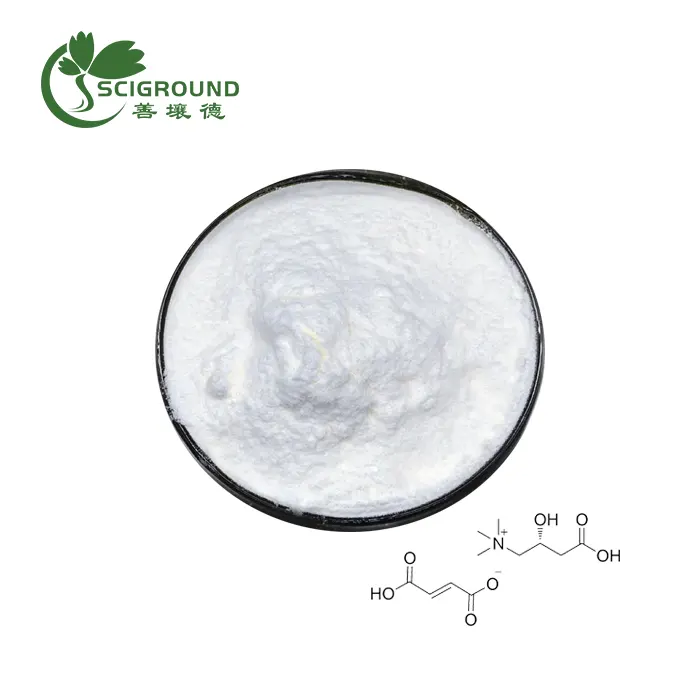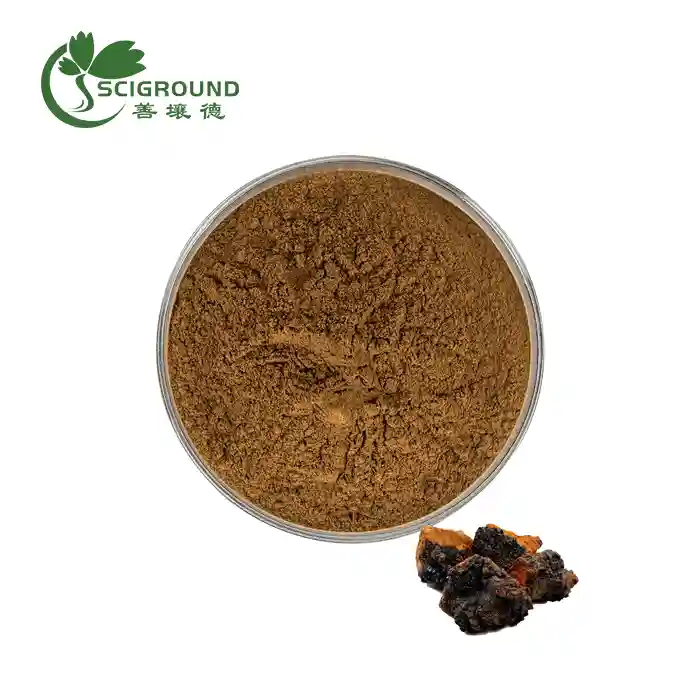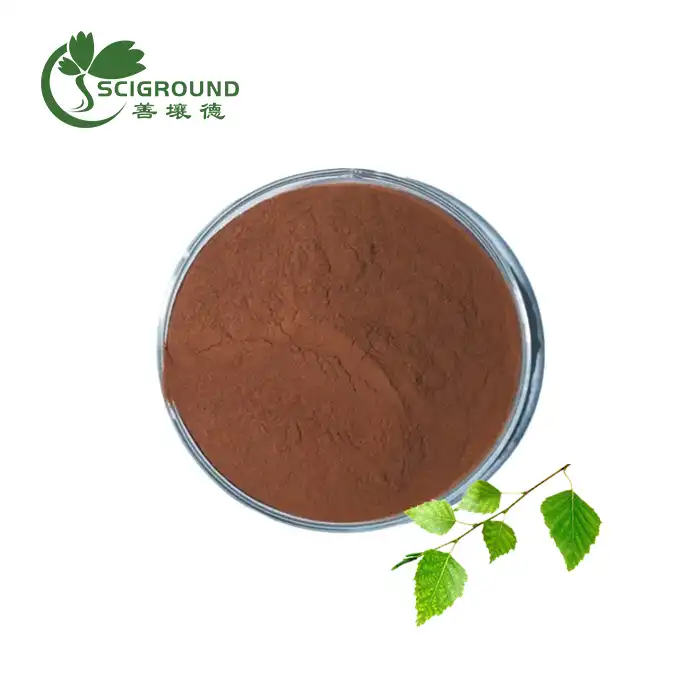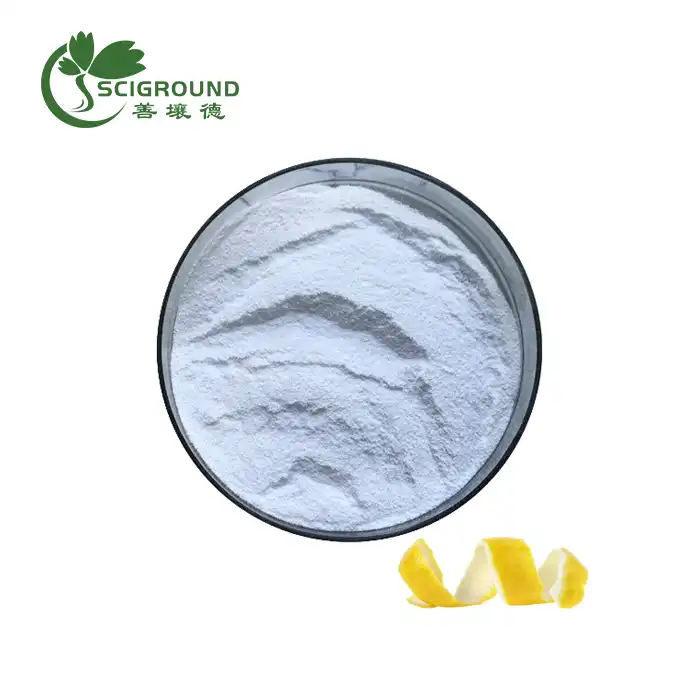What Is Magnolia Bark Used For?
Magnolia bark, derived from the majestic magnolia tree, has been a cornerstone of traditional medicine for centuries. This powerful natural remedy boasts a wide array of potential health benefits, thanks to its unique composition of bioactive compounds. In this comprehensive guide, we'll explore the origins, nutrients, and historical uses of magnolia bark, shedding light on why it continues to captivate the attention of both researchers and health enthusiasts alike.
What Is Magnolia Bark?
Magnolia bark, scientifically known as Magnolia officinalis, is harvested from the stately magnolia tree native to East and Southeast Asia. These impressive trees, belonging to the Magnoliaceae family, can reach towering heights of up to 80 feet. The magnolia tree is instantly recognizable by its large, fragrant flowers, which often measure an astounding 8 inches in diameter.
In traditional Chinese medicine (TCM), magnolia bark is referred to as "Houpu," a name that speaks to its physical characteristics. "Hou" denotes the thickness of the bark, while "pu" refers to the unadorned part of the tree from which it's sourced. This herb is also known by several other monikers, including magnolia cortex, cucumber tree, honoki, and swamp sassafras.
The harvesting of magnolia bark is a meticulous process, typically carried out in April and June by TCM practitioners. The bark is carefully peeled or cut from the tree's roots, stems, and branches. Each part of the bark undergoes a specific preparation process:
- Stem bark: Briefly decocted in boiling water
- Branch and root bark: Dried in the shade
Following these initial steps, all the bark pieces are stacked in a humid environment. Once the inner surface develops a dark brown or purplish-brown hue, the bark is steamed, rolled, and dried. This painstaking process results in the final product – dried magnolia bark, renowned for its sharp aroma and bitter taste.
Traditionally, this dried bark was soaked in a medicinal tincture for oral consumption. In modern times, magnolia bark is readily available in various forms, including as 4-inch long bark strips sold in medical stores and as a key ingredient in many dietary supplements.
What Are the Nutrients in Magnolia Bark?
The potency of magnolia bark lies in its rich composition of bioactive compounds. Scientists have identified over 250 chemical compounds across the bark, flowers, cones, and leaves of the Magnolia genus. However, two compounds stand out for their exceptional medicinal properties: magnolol and honokiol.
These two powerhouse nutrients belong to the polyphenol family – plant micronutrients that offer a multitude of health benefits. Some of their notable properties include:
- Anti-inflammatory: They help reduce inflammation throughout the body
- Antimicrobial: They can combat bacteria, viruses, and fungi
- Antioxidant: They protect cells from damage caused by free radicals
- Neuroprotective: They shield brain cells from potential harm
- Antidiabetic: They aid in blood sugar control and diabetes prevention
- Antidepressant: They may help alleviate symptoms of depression
- Anxiolytic: They possess anxiety-reducing properties
- Antiangiogenic: They may inhibit the formation of new blood vessels, potentially impeding tumor growth
It's important to note that while these properties are promising, more research is needed to fully understand and validate the extent of their effects in humans.
The unique combination of these compounds contributes to magnolia bark's versatility as a natural remedy. Its potential applications range from stress reduction and sleep improvement to digestive health and even potential cancer prevention, although more studies are required to substantiate these claims fully.
How Was Magnolia Used Historically in Traditional Medicine?
The use of magnolia bark in traditional medicine is a testament to the wisdom of ancient healing practices. Its history spans thousands of years, with roots deeply embedded in traditional Chinese and Japanese medicine.
In 7th century China, Buddhist monks cultivated magnolia trees in their temple gardens, harnessing the bark's medicinal properties to treat a variety of ailments. These included depression, asthma, muscle pain, and headaches. Traditional Chinese Medicine (TCM) practitioners valued magnolia bark for its ability to reduce inflammation, alleviate anxiety, and combat bloating.
In Kampo, the traditional Japanese system of medicine, magnolia bark primarily served as a digestive aid. Interestingly, Native American healers also recognized the potential of magnolia bark, employing it as an antimalarial remedy.
The first documented mention of magnolia bark in Chinese literature dates back to around 100 A.D. in the ancient herb guide "Shennong Bencao Jing." Here, it was described as a treatment for "fright qi" – a condition characterized by emotional distress stemming from fear and anxiety.
Magnolia bark continued to feature prominently in subsequent Chinese medical texts. Notable mentions include the "Jingui Yaolue" and the "Shanghan Lun," both dating back to approximately 220 A.D.
In contemporary practice, magnolia bark remains an integral component of two traditional medicinal formulas:
- Banxia Houpo Tang: A Chinese formula believed to promote the movement of stagnant qi in the solar plexus, head, and throat area.
- Saiboku-To: A Japanese formula prized for its anti-inflammatory properties, particularly in managing asthma symptoms.
The magnolia tree made its debut in the Western world during the 16th century, first appearing in North Carolina before being introduced to England. The tree's scientific name pays homage to Pierre Magnol, a renowned French physician and botanist of the 17th century.
Today, magnolia bark has transcended its traditional roots to become a popular ingredient in modern wellness products. It's commonly found in food supplements and beauty products, reflecting its enduring appeal and versatility. The American Pharmacopeia even lists magnolia bark as a bitter antimalarial tonic, further validating its medicinal potential.
As we continue to explore the vast potential of natural remedies, magnolia bark stands out as a prime example of ancient wisdom meeting modern science. Its rich history and promising health benefits make it a fascinating subject for both researchers and health-conscious individuals alike.
Are you intrigued by the potential of magnolia bark extract powder? At Shaanxi SCIGROUND, we're committed to providing high-quality plant extracts backed by rigorous scientific research. If you're interested in learning more about our magnolia bark extract powder or any of our other products, don't hesitate to reach out. Contact us at info@scigroundbio.com for more information or to discuss how we can meet your specific needs.
References:
- Lee, Y. J., et al. (2011). Therapeutic applications of compounds in the Magnolia family. Pharmacology & Therapeutics, 130(2), 157-176.
- Poivre, M., & Duez, P. (2017). Biological activity and toxicity of the Chinese herb Magnolia officinalis Rehder & E.H. Wilson (Houpo) and its constituents. Journal of Zhejiang University-SCIENCE B, 18(3), 194-214.
- Shen, J. L., et al. (2009). Neuroprotective effect of honokiol from Magnolia officinalis in beta-amyloid protein (25-35)-induced amnesia model in mice. Progress in Neuro-Psychopharmacology and Biological Psychiatry, 33(8), 1453-1457.
- Xu, Q., et al. (2008). Antidepressant-like effects of the mixture of honokiol and magnolol from the barks of Magnolia officinalis in stressed rodents. Progress in Neuro-Psychopharmacology and Biological Psychiatry, 32(3), 715-725.
- Zhang, B., et al. (2013). Honokiol protects against adverse cardiac remodeling following myocardial infarction in rats. Phytomedicine, 20(12), 1135-1142.
- Fried, L. E., & Arbiser, J. L. (2009). Honokiol, a multifunctional antiangiogenic and antitumor agent. Antioxidants & Redox Signaling, 11(5), 1139-1148.
Related Industry Knowledge
- What is Aescuven tablets used for?
- What is Althaea Officinalis Root Extract
- How to Make Persimmon Extract
- Is inulin safe
- is pumpkin seed protein powder a complete protein
- What Do Persimmons Taste Like?
- How to Use Pumpkin Seed Protein Powder
- L-Ornithine Benefits
- Butcher's Broom Extract: A Natural Remedy for Circulatory Health
- Do bcaas help with weight loss
